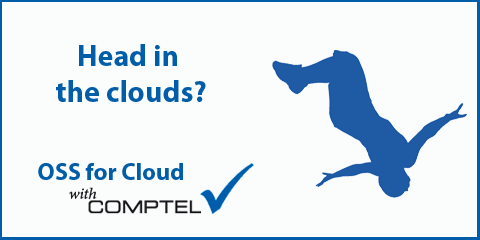
article page |
1 |
2 |
3 |
4 |
5 |
6 |
7
Rise of Pop Software
In formulating strategy, first assess the landscape. The current cloud ecosystem derives from the introduction of network delivered information and software to network attached appliances. We futurists once called this ‘pervasive’ or ‘ubiquitous’ computing. Now your kid calls it her ‘apps’.
This last January [2010], Guy English, writing in his Kickingbear blog, coined the use of the term Pop Software. He was reacting to the two million downloads in a single week for a software app that he helped design. “The sheer scale of its success has been staggering. Before this past December it had already been downloaded over ten million times and has enjoyed an enviable retention rate.” But two million downloads in a week! This was software that had moved beyond
|
|
Ordinary people (what we used to call the ‘end customer’) are driving the cloud market. |
|

Cloud computing is the delivery of “packaged units” of functionality over a network to a network attached appliance. These software units are supported by, and dependent upon, services hosted in remote network locations without which they will not fully function.
Integral to cloud computing as a market ecosystem are: (1) the network attached appliance, (2) the app store or portal where the user goes to get it, (3) the networks that supply the connectivity, and (4) the hosting server farms where the (5) support services are located. The edge device is the user’s gateway to the remotely executing cloud service. But to the user, the service is
|
|
|
|
|

business applications and into the world of entertainment. “The people who are consuming software now are a vast superset of the people who used to do so.” How can people find out about it and react so quickly in such number? “They unwrap their iPod Touch on Christmas Morning. They stick in the headphones, maybe they sync their music to it, and then hit the App Store for some Pop Software to get some amusement out of their new toy.” What does this mean for networks and software builders?
While others are arguing the definition and boundaries of new ‘market categories’ like SaaS, PaaS, and IaaS; or debating if cloud computing is just a renaming of Application Hosting or finally the advent of successful Utility Computing… ordinary people (what we used to call the ‘end customer’) and not business markets are driving the cloud market. I offer a telling cloud market ecosystem definition that is more meaningful to service providers and ISVs:
|
|

one unified thing and it is ubiquitously local, in their palm or on their desk. SaaS, PaaS, and IaaS mean nothing to the user.
Universe of Apps
“An Application represents the developer’s best effort at creating software that applies the capabilities of the device to solving a specific problem. Making people laugh is not a problem an Application can solve; it’s not about the device it’s about the person using it. The thing is these people don’t buy Applications, they download Apps. “Apps” is fun. It’s fun to say, it sounds unthreatening…” [Guy English]
Deep down, I wanted to name this article “strategy in a sh*t-storm of apps”. Developing strategy requires assessing the landscape. It is simplistically apparent that there are many different types of apps. It helps to classify these in groups of similar properties when developing strategy. Likely different app
article page |
1 |
2 |
3 |
4 |
5 |
6 |
7
|
|





